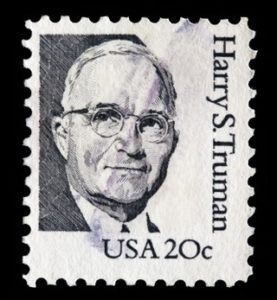Fall Protection Forum
Recent Posts
March 17, 2022
ANSI/ASSP Z359 Versus ANSI/ASSP A10
The American National Standards Institute (ANSI) is a non-profit organization that oversees…
July 10, 2015
Understanding the Benefits of ANSI Z359.15
The American National Standards Institute (ANSI) is a non-profit organization that coordinates the development of voluntary U.S. standards for products, services, systems, and staffing/human resources. In fact, ANSI has coordinated the voluntary standardization system for the U.S. private sector for more than 90 years. As an established national standards organization,…
February 21, 2013
Are you Authorized to Rescue? ANSI Z359 Standard Knows Best…
As the number of workplace falls increase for industrial and construction facilities, more and more employers are beginning to install fall protection systems. It’s wonderful that employers are taking the time to consider the safety of their employees, but it is important for everyone to consider all elements of the…
January 18, 2013
Physical Science: Kinetic Energy
Energy is something that can be neither created, nor destroyed. Since the energy cannot be created or destroyed, it can only move from one form to another form. Kinetic energy is one of the nine different forms of energy. It is the energy that is created from movement. Another form…
January 4, 2013
How to Write a Hazard Assessment as Per the Fall Protection Code
Writing a fall rescue plan can be a scary task for some employers. But fear not! These plans are easy to make thanks to this blog and the ASSE Fall Protection Code. For reference purposes, the fall hazard survey report requirements can be found in section 4.2 in ANSI/ASSE Z359.2-2007…
November 16, 2012
ANSI Z359.2: Training for Authorized Rescuer vs. Competent Rescuer
ANSI/ASSE officially defines an Authorized Rescuer as, “A person assigned by the employer to perform fall protection rescue.” An Authorized Rescuer requires slightly less training than a Competent Rescuer, however, both titles require basic training in order to understand basic fall protection safety and rescue techniques. The core of an…
September 7, 2012
Horizontal vs. Vertical Fall Protection. Whats the Difference?
The hit 90s television show America’s Funniest Home Videos has always been a testament to several things about American culture: Americans are clumsy creatures Americans enjoy filming their clumsiest moments for national television Americans know many different ways to fall Even though there is unabashed clumsiness displayed on television, there…
August 31, 2012
Users and Choosers — A Guide to ANSI Terms
As former President Harry Truman once said, “The buck stops here.” Naturally,…
November 10, 2011
What is ANSI, and How Does it Affect Fall Protection?
The American National Standards Institute, or ANSI, is an independent, non-profit agency that oversees the development of voluntary consensus standards for various industries. The agency works to ensure consistency and safety, as well as to assure worldwide acceptance of common standards, applicability, and terminology. ANSI also accredits standards developed by…
December 10, 2010
Whats New in the ANSI Z359 Fall Protection Code – Hazard Analysis and Fall Distance
The ANSI Z359 Fall Protection Code is continually getting better every year….
November 16, 2010
Whats New in the ANSI Z359 Fall Protection Code – Energy Absorbing Lanyards
The ANSI Z359 Fall Protection Code committee has been hard at work…




